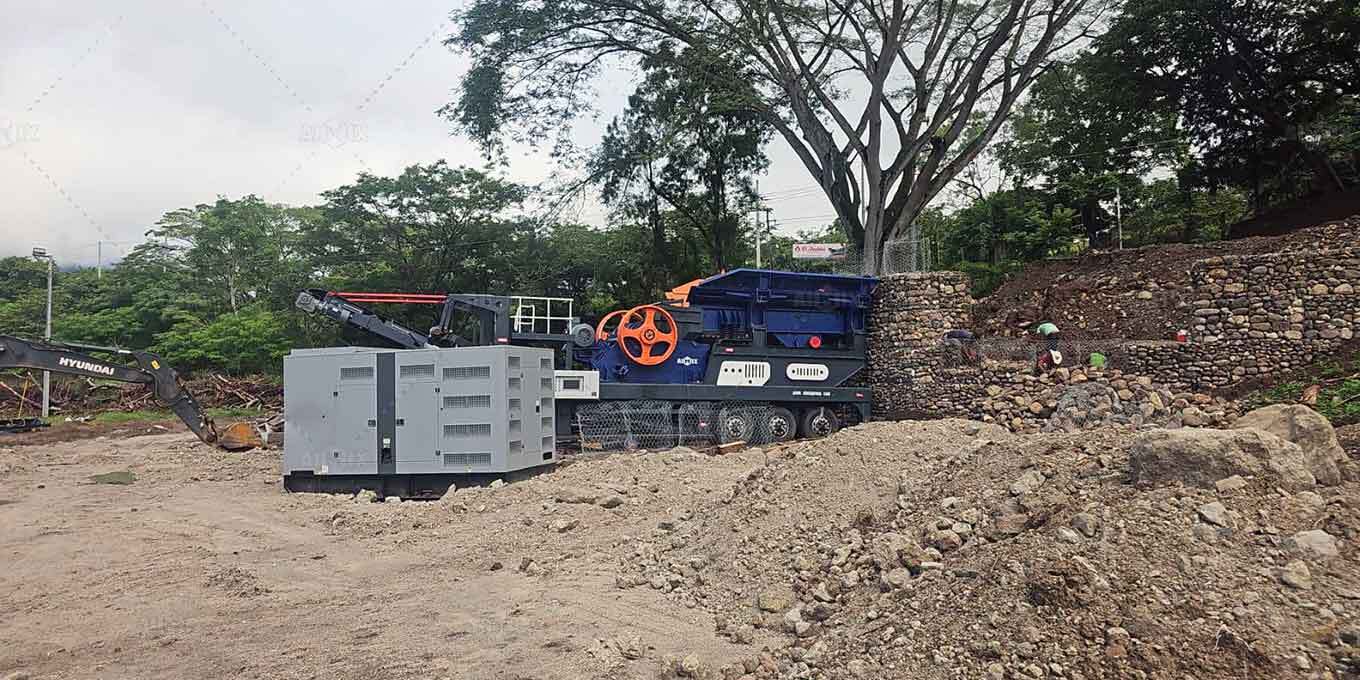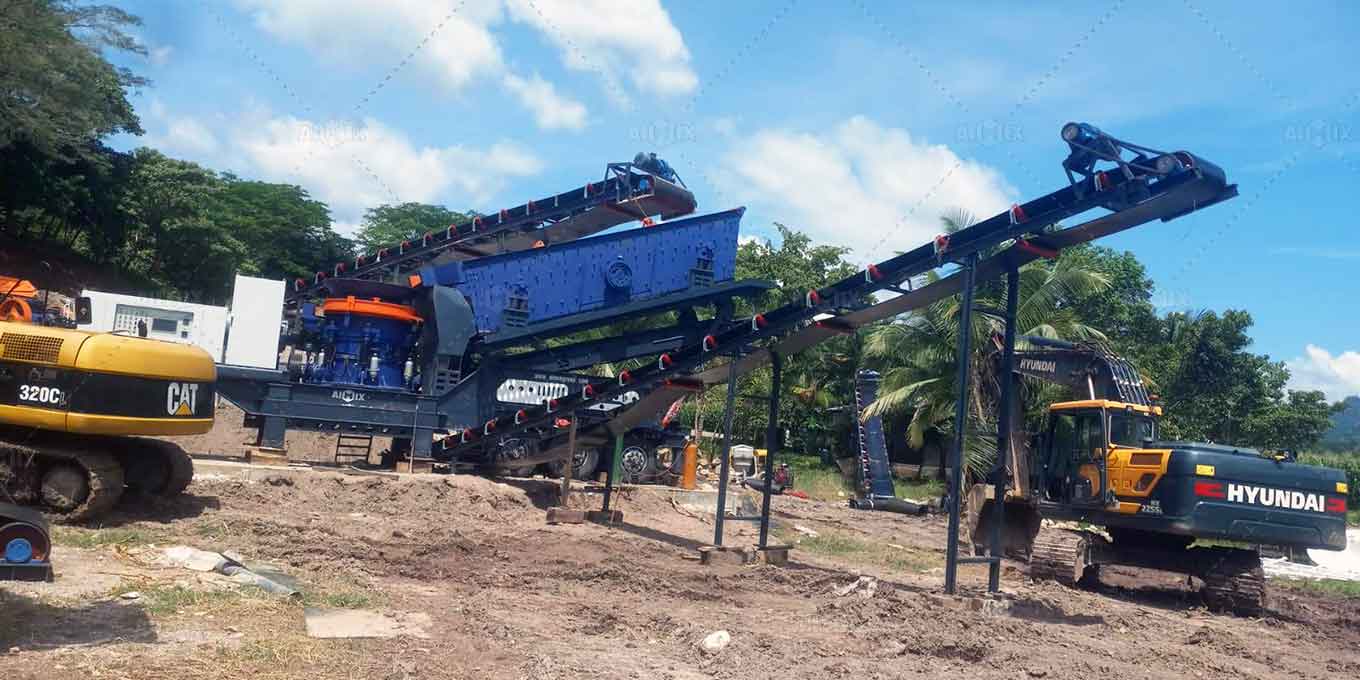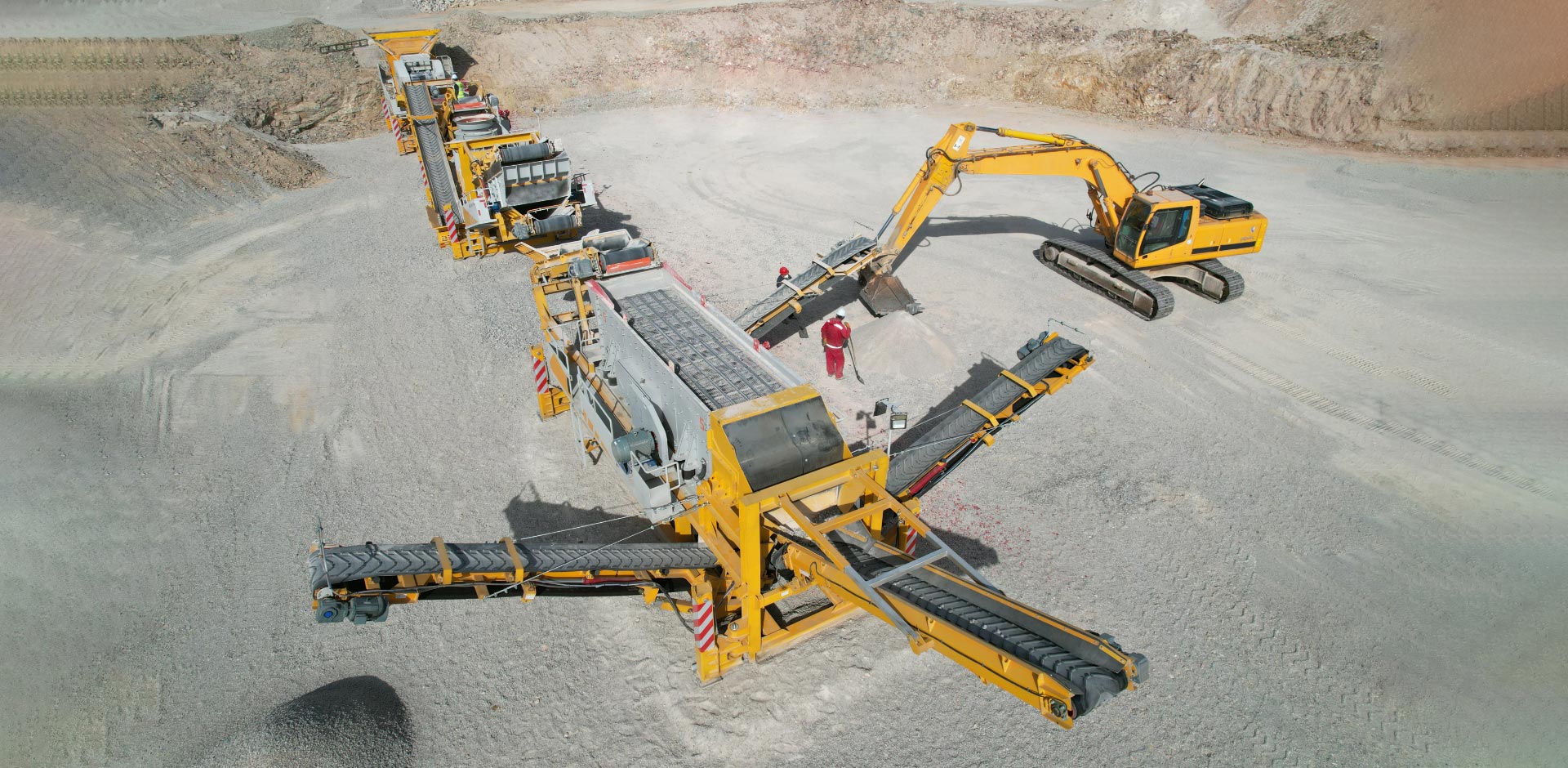The transformation of granite from formidable bedrock to precisely graded aggregate represents one of the most fundamental processes in modern construction. Granite crusher machine serves as the critical nexus between raw geological formations and urban development, converting massive stone into the building blocks of cities. These powerful machines have revolutionized how we source and utilize one of nature’s most durable materials, enabling architectural marvels that define contemporary skylines while supporting essential infrastructure beneath our feet.
This journey from quarry to metropolis involves sophisticated engineering and precise operational protocols that balance extraction with environmental considerations. Modern granite crushing operations have evolved far beyond simple rock breaking, incorporating advanced technologies that maximize material yield while minimizing ecological impact. The resulting aggregates form the literal foundation of urban development, providing the durability and strength required for everything from skyscraper foundations to transportation networks that sustain city life.

Quarry Operations and Initial Processing
Precision Drilling and Blasting Methods
Contemporary quarrying begins with sophisticated geological assessment and precise drilling patterns that maximize yield while controlling fragmentation. Modern blasting techniques utilize advanced explosives and sequencing to create optimal-sized material for primary jaw crusher, reducing secondary breaking requirements and improving overall efficiency. These methods significantly decrease vibration and noise compared to traditional approaches, addressing community concerns while maintaining productivity.
Primary Crushing Innovations
Massive jaw crushers and gyratory crushers handle the initial reduction of granite boulders, some capable of processing rocks weighing several tons into manageable fragments. These primary units feature hydraulic adjustment systems that maintain optimal crushing parameters as wear occurs, ensuring consistent output size while protecting the machinery from damage. Dust suppression systems integrated into these crushers maintain air quality while conserving water through recirculation systems.
Material Processing and Quality Control
Cone Crusher Precision Engineering
Secondary reduction through cone crushers transforms fragmented granite into specified aggregate sizes with exceptional cubicity—a critical factor for high-performance concrete. Modern cone crushers incorporate automated setting regulation and wear compensation, maintaining product consistency despite the abrasive nature of granite. These systems continuously monitor performance metrics, automatically adjusting operations to optimize output quality throughout wear cycles.

Vertical Shaft Impactors for Final Shaping
Tertiary crushing through vertical shaft impactors produces the finely graded aggregates essential for asphalt and concrete applications. These mobile crushers employ high-speed rotor acceleration to fracture granite through impact rather than compression, creating optimally shaped particles with superior surface characteristics. Advanced models feature dual crushing chambers and adjustable rotor speeds that allow precise control over particle shape and size distribution.
Urban Application and Development Impact
Concrete and Asphalt Production Standards
Processed granite aggregates must meet rigorous technical specifications for use in structural concrete and asphalt mixtures. Crushing operations produce multiple graded products simultaneously, from coarse aggregates for drainage layers to finely crushed stone for asphalt surfacing. Quality control laboratories at crushing facilities continuously test products for gradation, cleanliness, and physical properties to ensure compliance with construction standards.
Infrastructure Development Applications
The durability of granite aggregates makes them particularly valuable for critical infrastructure projects including bridge foundations, highway base courses, and tunnel construction. Their high compressive strength and resistance to weathering ensure long-term performance in demanding applications. Urban development projects specifically seek granite aggregates for their load-bearing capabilities and minimal deformation under stress.
Environmental and Economic Considerations
Rehabilitation and Ecosystem Management
Progressive quarry operations implement comprehensive rehabilitation plans that restore extraction areas to sustainable ecosystems. These plans include phased restoration concurrent with mining operations, preserving topsoil, controlling erosion, and reintroducing native vegetation. Many operations now incorporate biodiversity offsets that enhance habitat values beyond original conditions.
Economic Contribution and Resource Efficiency
Granite crushing operations provide essential economic benefits to rural communities while supplying materials for urban development. Modern plants maximize resource efficiency through by-product utilization, where stone crusher dust and fine materials find applications in manufactured sands and soil conditioners. This comprehensive approach minimizes waste while extending the useful life of quarry resources.
The journey of granite from mountain quarries to urban construction sites demonstrates the remarkable integration of natural resources and human ingenuity. Modern crushing technology has transformed this ancient stone into precisely engineered materials that support contemporary urban development while maintaining environmental responsibility. As cities continue to grow and evolve, the refined products of granite crushers will remain fundamental to creating durable, sustainable infrastructure that meets the needs of future generations while respecting the landscapes from which they originate.

